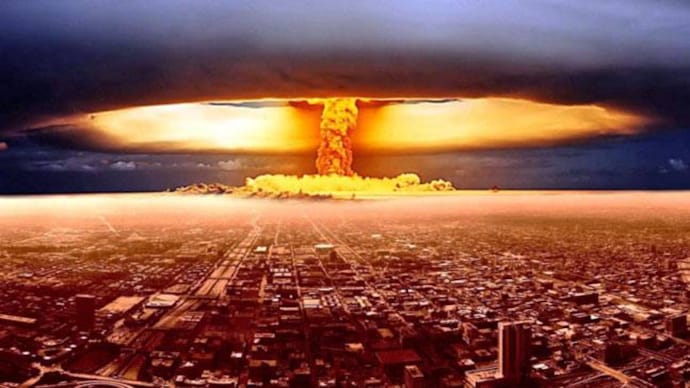All you need to know about hydrogen bombs
North Korea claims to have successfully carried out a hydrogen bomb test, says the test brings them to a higher level of nuclear power.

What is a Hydrogen bomb?
A Hydrogen bomb is colloquial term for a thermonuclear weapon, since it uses Hydrogen fusion. It uses energy from a primary nuclear fission reaction and thereby igniting a secondary nuclear fusion reaction.
Who found it?
Edward Teller and Stanislaw Ulam made the first H-bomd for the USA in 1951, and is known as the Teller-Ulam configuration. The United States conducted the first ever test of a H-bomb prototype in 1952 itself, but first ready to use thermonuclear bomb RDS-6S was tested in the Soviet Union in 1953. Later, similar weapons were designed by the UK, China and France.
Design
The Teller-Ulam configuration is what is in use till now and here is how it works -
- Basic principle is detonation of different parts of the weapon "chained" together in different stages, providing energy to ignite the next stage.
- First section is essentially a fission bomb that acts as a trigger. Secondary section consists the fusion fuel.
- A third section, again with nuclear fusion could be added to the design for greater impact.
To understand how a Nuclear Fusion reaction works, watch this video:
What is the difference between a Hydrogen bomb and an atom bomb?
- Nuclear bombs are of two types - those depending on fission reaction (splitting of the nuclei) and those depending on fusion reaction (merger of smaller nuclei), the way it happens in our Sun.
- Atom bombs depend on fission reaction, and get their explosive energy from splitting of atoms in materials like uranium or plutonium and it takes place automatically.
- Hydrogen bombs as explained above, depend on fusion reaction, where nuceli fuse together thereby releasing much higher energy than atomic bombs.
- Atom bombs are used as triggers for Hydrogen bombs since fusion requires very high temperatures.
- Precisely, every atomic bomb is a nuclear bomb, but every nuclear bomb is not an atomic bomb.
Impact of Nuclear bombs
The most powerful atomic bomb is about 20 Kilotons. The atom bombs used in Hiroshima and Nagasaki created blasts equivalent to 16 Kilotons, and we have seen how disastrous the effects were.
The most powerful hydrogen bomb can be 50 Megatons, that is over 5,000 times more powerful than a single atomic bomb.
It can destroy an entire country!
